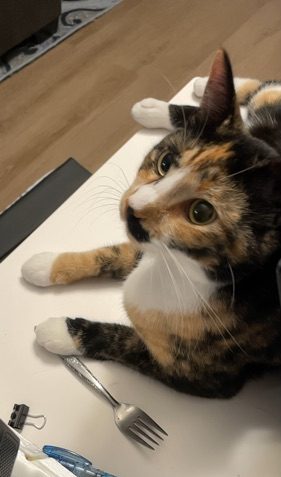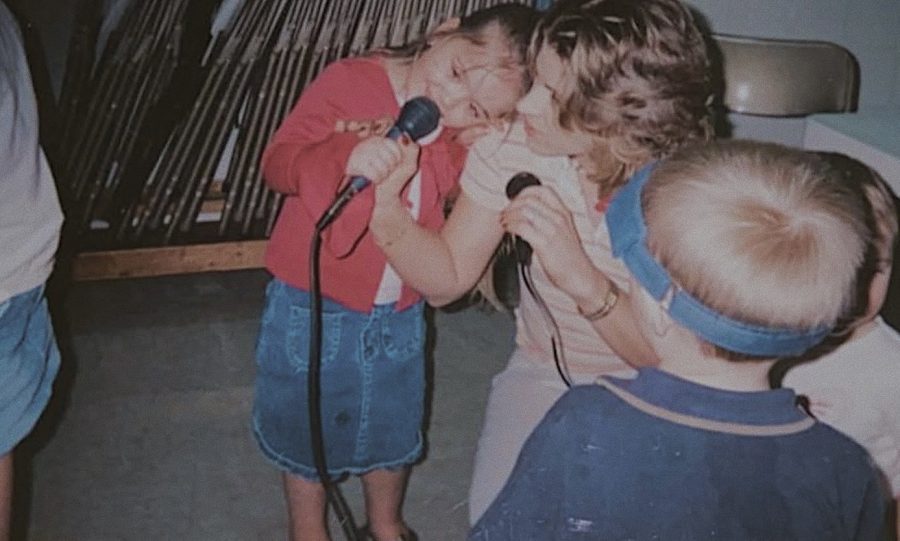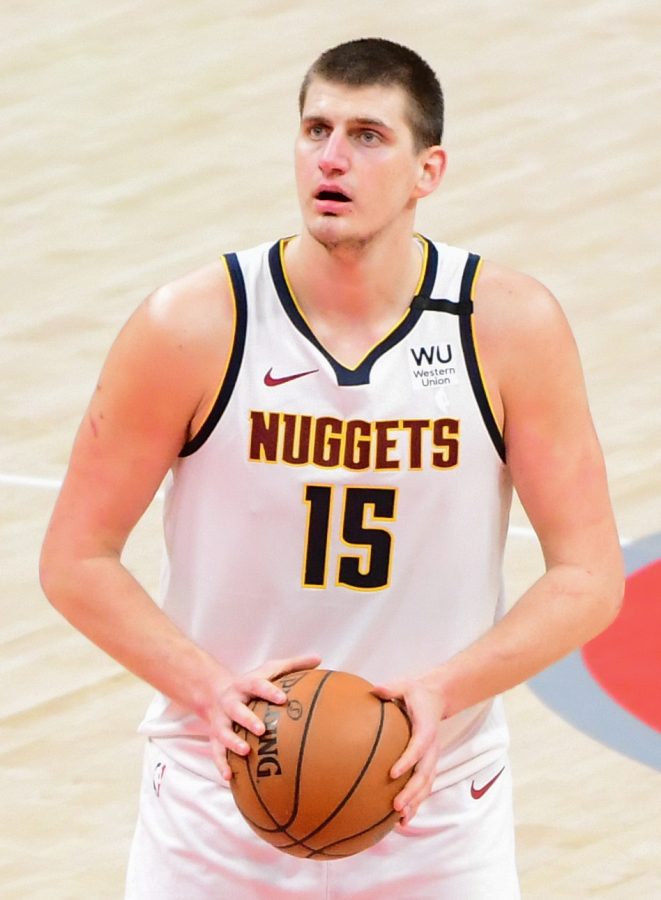 The Cincinnati Reds made the playoffs for the first time this season since 1995.
The Cincinnati Reds made the playoffs for the first time this season since 1995.
I was all set to write about what that means to long-suffering Reds fans, but then Roy Halladay no-hit the Reds in Game 1 of the National League Division Series on Wednesday, Oct. 6.
The no-hitter — and to a greater extent the perfect game — have proven to be two of the most difficult feats to achieve in sports.
There have been 264 no-hitters thrown in major league history, only 20 of which have been perfect games.
There have been nearly 400,000 baseball games played since 1876, considered the beginning of the modern era, meaning no-hitters have been thrown in approximately 0.00065 percent of games and perfect games have been thrown in 0.00005 percent.
According to Major League Baseball, a no-hitter consists of a pitcher or pitchers only allowing runners on base by any means that is not a hit — a walk, a hit by pitch, an error, a passed ball, a wild pitch on strike three or catcher’s interference. The game must also go a minimum of nine innings to qualify.
A perfect game also counts as a no-hitter but takes it a step further, meaning a pitcher or pitchers cannot allow a runner to reach base under any circumstances.
With his no-hitter Halladay became only the second pitcher in major league history to throw a no-hitter in the postseason.
Don Larsen threw the first, a perfect game, in Game 5 of the 1956 World Series as a member of the New York Yankees.
Halladay also became only the fifth pitcher ever to throw two no-hitters in the same season and the first to throw a perfect game and a no-hitter in the same season. Halladay’s perfect game came against the Florida Marlins on May 29.
In addition, Halladay also became one of 26 pitchers to throw multiple no-hitters in their career.
There have been six no-hitters this season, one shy of the modern era record for a season, then matched in 1990 and 1991.
That total does not include Detroit Tigers pitcher Armando Gallarraga’s near perfect game, which was broken up by an admittedly blown call by umpire Jim Joyce with two outs in the ninth inning of a game on June 2.
The history of the no-hitter is filled with big-name Hall of Famers, no-name flashes in the pan and some just plain great names.
Home-run-hitting-great Babe Ruth was a part of the first combined no-hitter — more than one pitcher — in Major League history in 1917.
Ruth was the starting pitcher for the Boston Red Sox when he was ejected in the first inning after walking the lead-off hitter and arguing with the umpire.
Ernie Shore replaced Ruth and after the runner was caught stealing second base Shore retired the remaining 26 hitters he faced, completing the no-hitter and recording an unofficial perfect game for Shore.
Hall of famer Nolan Ryan holds the record for most no-hitters with seven and also belongs in the select group of those who have pitched two no-hitters in the same season.
Bud Smith pitched a no-hitter on Sept. 2, 2001, but only played two seasons in the majors with a record of 7-8 and a 4.95 earned-run average.
From the great name category, Old Hoss Radbourne and Happy Jack Stivetts each threw perfect games in 1883 and 1892, respectively.
Hippo Vaughn of the Chicago Cubs lost his no-hitter in the top of the 10th inning of a game in which the Reds’ Fred Toney completed his no-hitter in the bottom of the 10th in 1917.
Johnny Vander Meer is one of the five pitchers to throw two no-hitters in the same season in 1938, and he did it in the shortest span of anyone.
His first came on June 11 and his second came just four days later on June 15.
Nolan Ryan has the longest gap between no-hitters. Ryan threw a no-hitter in 1975 and another 15 years later in 1990.
To further emphasize how fluky the no-hitter can be, Roger Clemens pitched for 24 seasons and started 707 games.
He is widely regarded as one of the greatest pitchers of all time, though recent steroid allegations have tainted that aura to an extent. Clemens never threw a no-hitter.
On the other hand, Jim Abbott played for 10 seasons and only started 254 games. Abbott threw a no-hitter on Sept. 4, 1993.
Abbott was born with only one hand and wore a right-hander’s glove at the end of his right arm.
After the pitch he would follow through and put his left hand into the glove to field the ball.
So, Reds fans, I’m sorry. I wanted this to be a column exalting your team’s accomplishment, but then Roy Halladay went out and made history.
By DERRICK
HOLDRIDGE
Sports Editor
dvholdri@umail.iu.edu






